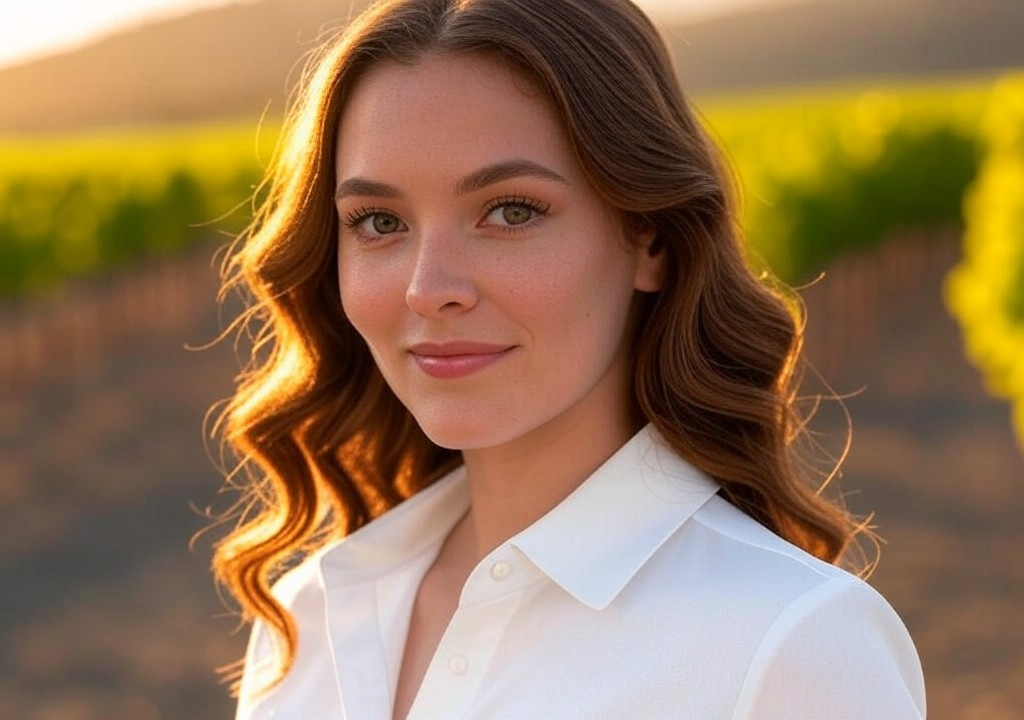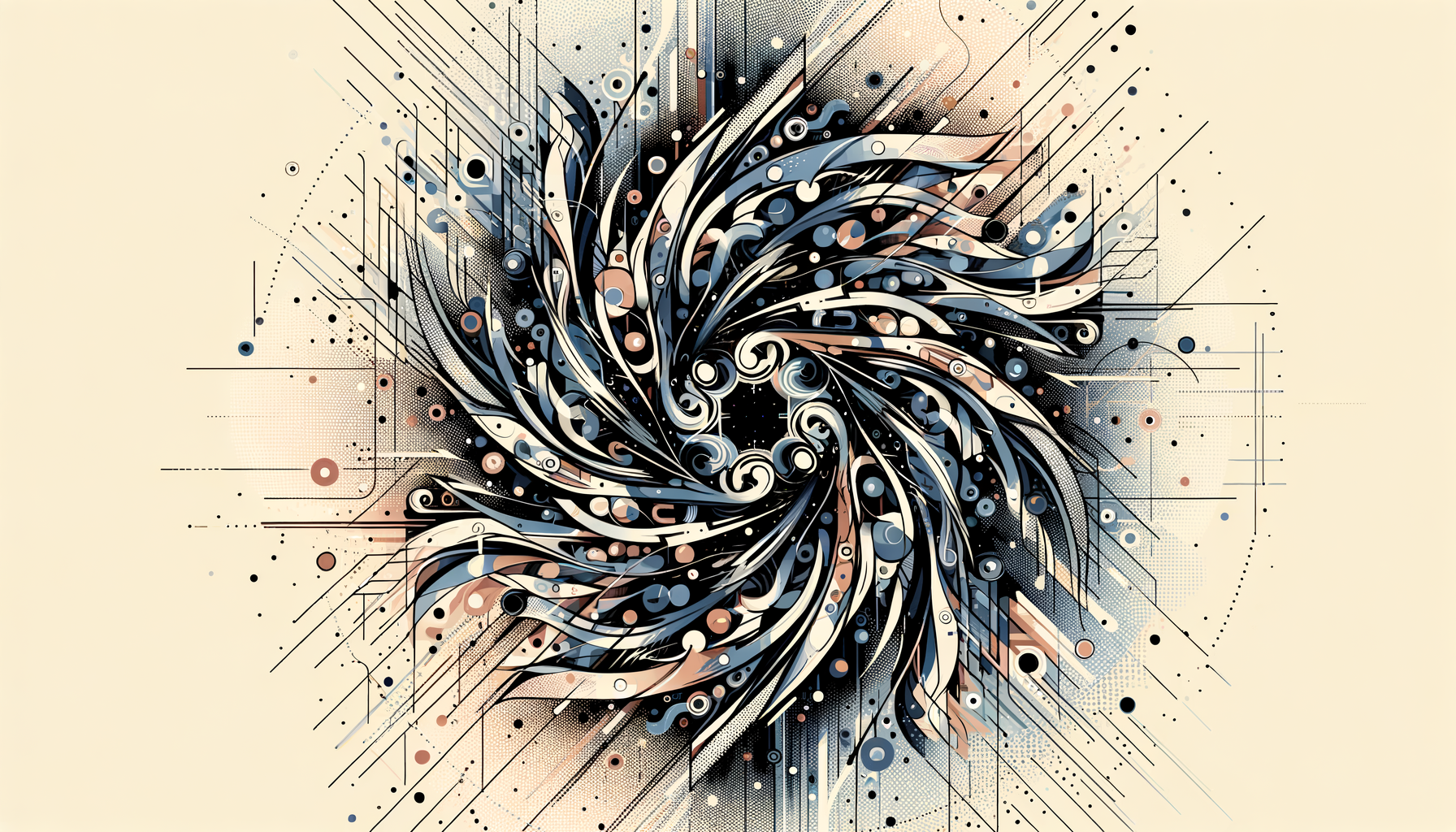What People Get Wrong About My Job
Let me set the scene: You're at a wedding, perched between the tipsy aunt who swears you've “got to try online dating!” and a guy who won’t stop talking about his NFT portfolio. Somewhere between the fourth slice of cake and a still-damp glass of Pinot Noir, someone asks, “So, what do you do?”
You answer, and their eyes light up.
“That’s so romantic!” they say, clasping their hands. “You get to drink wine all day, write about it, and call it work? Ugh, I’d kill for your job.”
Cue the internal sigh.
Don’t get me wrong—I love what I do. Growing up in Napa Valley, surrounded by sun-kissed vineyards and rolling hills, I was practically destined to fall into food and wine storytelling. But the caricature people draw up when they imagine my day-to-day is…well, let’s just say, way off-base.
So, let’s pop the cork on this topic and spill some truths about what it’s really like to work in food, wine, and writing. Because the reality? It’s no lazy stroll through olive groves with a glass of Sancerre in hand.
Myth #1: It’s All Fancy Dinners and Decadent Sips
I can’t blame you for imagining my life looks like a scene from a Nancy Meyers movie—timestamped around golden hour, naturally. After all, food and wine are inherently romantic. The seduction of slow-roasted duck paired with a peppery Syrah stirs the senses, and Napa sunsets really do shimmer like liquid gold.
But let me tell you about my real “typical day.” Picture this: I’m swirling the third sample of a Cabernet Sauvignon at 10:45 a.m., armed with a notepad and a distinct sense of existential dread because the aroma descriptor my editor called “poetic” last time (was it “brambly blackberry” or “wet licorice”?), is eluding me entirely. My palate is shot, my teeth are purple, and the lingering flavor profile of the last wine has enough tannins to start construction on my molars.
Yes, there are glam moments—press dinners at candlelit Michelin-starred restaurants do occasionally land on my calendar. But for every delicately plated rillette, there's a three-hour spreadsheet covering wine inventory data trends. Or eight drafts of an op-ed piece rejected until it’s deemed sufficiently lush, evocative, yet somehow succinct. Fancy? Rarely. Full-bodied hustle? Always.
Myth #2: You Must Be Utterly Glamorous to Work in Wine
Sure, on Instagram I appear “polished”—a sunny vineyard photo here, a carefully curated bottle-and-cheese-pairing shot there. What you don’t see are the dusty hiking boots lurking just out of frame or the fact that vineyard tours often put you nose-to-nose with knee-deep mud, the joy of sunburns, and the occasional spider skittering up your arm.
I’ve learned this grimy side of the business has its charm, though. You don’t understand the beauty of a wine until you’ve crouched over a row of Pinot vines in August heat, snipping through clusters with sticky hands and farmer's tan lines that render you utterly unglamorous. (Pro-tip: Flirting is 99% less successful when there’s fresh manure involved.)
The world of fine wine might sparkle on the surface, but it’s rooted—literally and otherwise—in the grit and grind of farming. That’s not glamorous; it’s gritty humanity wrapped in science.
Myth #3: The Job Is Purely Hedonistic
This one’s my favorite myth, mostly because people assume my work begins and ends with indulgence. They think sitting down for a wine pairing session involves nothing more than uncorking a few bottles, whipping up a cheese board, and calling it a day.
They forget about the spreadsheets.
Let me paint you a picture (not quite a romantic landscape, but humor me): I’ve got five digital tabs open. One’s a list of acidity levels for testing notes; another has an Excel breakdown of wine scores versus sales metrics. I’m jotting down food pairings while debating—internally—if using “satiny” to describe a Zinfandel is pretentious or inspired. Writing about wine isn’t just drinking it—it’s understanding its science, history, and artistry to educate readers without sounding as pretentious as a bad critic in a Bourdain memoir.
And if you think I get to simply eat gourmet every night, let me remind you that deadlines don’t pause when your professional menu includes Gruyère and Gruyère alone. (Pro-level pairing hack, though? A budget-friendly Côtes du Rhône takes mac & cheese from “meh” to magnifique in seconds.)
Myth #4: It’s a One-Woman Show
Many assume that as a writer, the job’s just me, a computer, and whatever serendipity strikes over my fifth iced latte of the morning.
In truth, building narratives around wine and food requires collaboration. Farmers, winemakers, distributors, other writers—none of this exists in a vacuum. Dialogue drives it all. I’ve spent late Sunday afternoons walking through al fresco tasting tents, interviewing artisanal winemakers about weather conditions that changed their crop outcomes. I’ve cold-emailed sommeliers to ask probing questions about harvest cycles and once panicked over Zoom after realizing I called a rosé’s minerality “cheeky”—an adjective one might use for someone’s butt, not their wine.
The beautiful thing, though? Collaboration creates connection. When you uncover the human story behind a shared bottle, the true meaning of what we’re drinking becomes exponentially richer. That’s half the magic of food, too—including the fact that it connects us to something older, deeper, and profoundly more human than just taste.
Myth #5: Romance Is the Heart of This Industry
Don’t get me wrong: food and wine are romantic. That’s why we gravitate toward them on dates. Between candlelight and clinking glasses, sensory experiences connect us in ways that words often can’t.
But romance isn’t at the heart of what I do—curiosity is. I can’t tell you how many hours I’ve spent poring over not just flavor notes, but histories, seed varieties, pruning techniques, or fermentation disciplines. (I once went down a rabbit hole about Champenoise riddling racks so deep, my editor suggested I get some fresh air.)
That curiosity fuels everything. It’s the reason I get excited to taste the same Chardonnay vintage grown in two slightly different soils. It’s the reason I linger over learning gastronomic rituals in Provence or linger longer on vivid, visceral memories tied to meals. Romance is a lovely companion, but curiosity—it’s the main ingredient.
The Takeaway: It’s Not All Rosé and Sunshine, But I Love It Anyway
Here’s the thing. Sure, my job isn’t the “Instagrammable Fantasyland” people assume. It’s warm and messy and often unpolished, and the hustle can pack more intensity than a high-octane espresso shot.
But here’s my truth: food and wine reveal something remarkable about being human. These little joys—complex Cabernet bouquets or bread still warm from the oven—are universal, cutting across cultural divides one sip or bite at a time.
And even when my palate’s overworked, my inbox overflows, and my brainstorming list for metaphors evaporates faster than a wine's top note, I wouldn’t trade it for anything else.
So next time you picture my job, let me give you this parting visual: I’m not swirling a glass of thousand-dollar Merlot while overlooking sun-drenched terraces. I’m probably chipping dried tomato sauce off my laptop, typing furiously, and dreaming up ways to make my next article sing (while finishing last night’s leftovers—paired with a surprisingly tasty boxed Pinot Grigio). Glamorous? Maybe not. But fully alive and curious? Always.




















